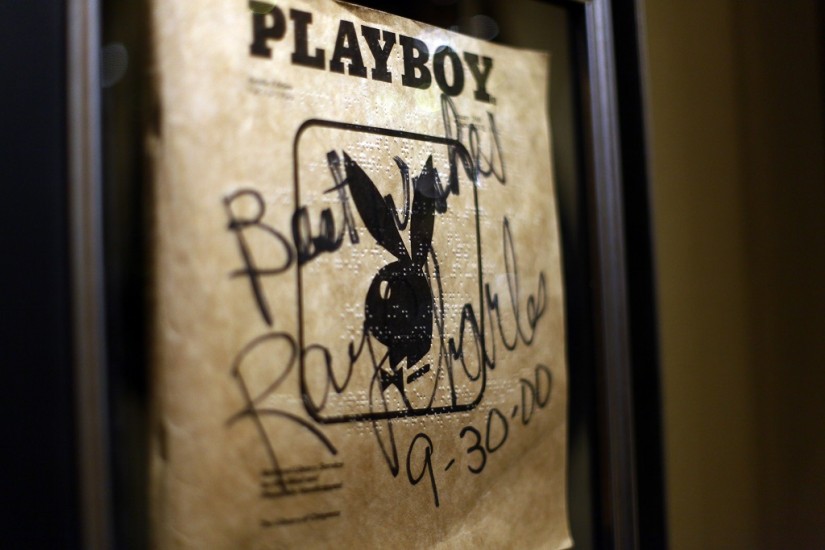Unlike most of Playboy’s readers in the 1970s, one select group was definitely reading it for the articles: the magazine’s blind subscribers. And though the photo content was lost in translation, the edition they received had curves in all the right places—because it was written in Braille.
Before the blind and visually impaired had screen readers to dictate the contents of their smartphones, many would run their hands over the bumpy patterns of a Braille text to read the latest news or profile on a cultural icon. Playboy, which had the budget and provocative editorial instincts to showcase big names in journalism, was a major source of contemporary information in the 1970s. The original version featured articles on everything from civil rights campaigns to presidential candidates—alongside centerfolds, of course—when the Library of Congress began funding production of a Braille edition.
Yet more than a decade into its production and enjoyment, one Republican congressman launched a crusade against the Braille Playboy that would eventually be heard in federal court. The resulting discussion informed our ideas, on a national level, about pornography, accessibility and the right for all to be well read.
In the 1960s and 70s, the pages of Playboy were chock full of beautiful women and thousands upon thousands of beautiful words. While the December 1968 issue featured actress Cynthia Mayer posed like a Christmas tree with just a hint of breast exposed under a jacket of holiday lights, the cover also boasts contributions from famed authors including Truman Capote and Arthur Miller, as well an interview with Black Panther Party leader Eldridge Cleaver. Like Esquire, Rolling Stone or The New Yorker, the less titillating contents of Playboy were required reading at the time.
“Playboy was lucky enough to be around when the confluence of New Journalism…and a literate, adventurous readership ready for in-depth articles rich with the writer’s voice allowed editors and publishers to assume the intelligence of their readers and take all sorts of chances,” Charles Taylor wrote on Salon.
The same era brought about far greater awareness of the disability community and beginning in 1970, production of Braille Playboy was funded by the National Library Service for the Blind and Physically Handicapped (which has been publishing Braille content since 1931). The magazine, which featured no advertisements or descriptions of images, is equally non-descript with a white background, bold black letters for the masthead, and a simple black outline of the iconic bunny logo.
